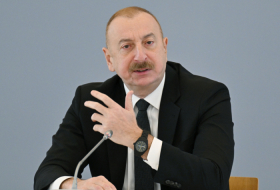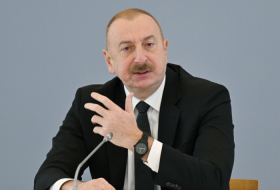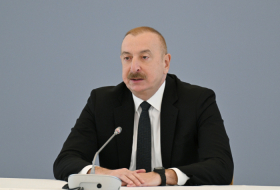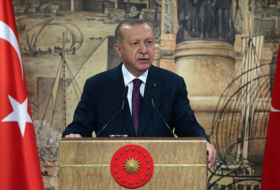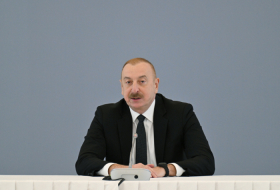The second published document is a secret report titled ` Atomic bomb plant in Soviet Armenia` prepared by CIA in 1950. The sensational documents reveal that the first atomic bomb of the USSR has been prepared in the secret underground plant in Armenia.
This is a delicate matter. Hrant Bagratyan, a former prime minister of Armenia, has claimed that his country has nuclear weaponry in the press conference. Ex-PM`s claim and nuclear smuggling from Armenia to foreign countries juggle with the CIA`s report. In fact, there are very dangerous nuclear plants producing atomic bombs which remain secret for the IAEA and the world community! Currently, there is no information available about the current state of those plants.
According to the CIA document on this issue , the production of atomic bombs in the Soviet Union was under the supervision of the chief of the secret police, Lavrentiy Beriya, who is also the chairman of the "Secret Committee for the Production of Atomic Weapons.”
The Politburo originally intended to produce atomic weapons serially by 1914, utilizing captured German specialists and secret information from the US and Canada. Molotov confirmed this in a speech in Moscow on 6 November 1915.
The Soviet experts required, first, many powerful electric plants for the various production processes. All of the "atomic cities" built in great haste in the Urals near Chelyabinsk and in Western Siberia, southeast of Omsk ("Hew.Germany"), and in Tuva Autonomous Oblast (the upper course of the Yeni- sey) proved unsatisfactory because of the topography which was very unsuitable for hydroelectric power plants. Beriya`s final choice was Armenia.
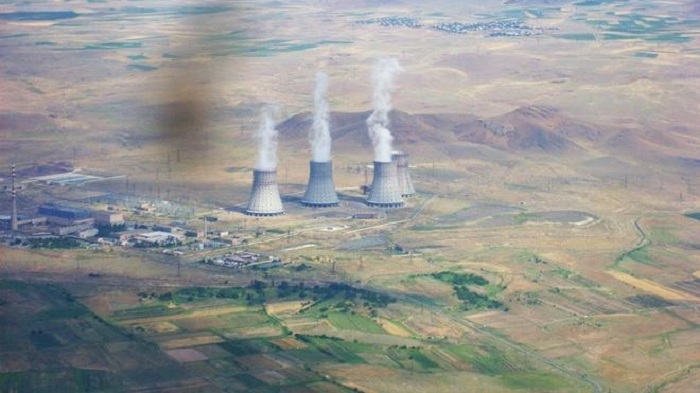
The document reads - `on the northern side of Mount Ararat is Lake Gokcha (Lake Sevan), 7,300 feet above sea level. It contains 60 billion tons of water and collects the flow from 28 streams and brooks. The lake has only one outlet, the Zanga, a tributary of the Araksen. This river, which flows between high cliffs of basalt and forms several waterfalls, is ideal for hydroelectric power plants.
The development of the Zanga system was begun in 1932, and by 1947 there were over ten power plants with a total capacity of 2 million kilowatts`.
It’s said in the document that `an enormous area along the river, between the eastern slopes of Mount Alages, Lake Gokcha, and the Kanair Plateau, is now a secret zone, guarded by select MGB troops. All departments of the atomic bomb plant are housed in six caves along the basalt shore of the river. The work was performed by German prisoners of war and Soviet slave labor in conformity with plans drawn up by the German specialists who built Hitler’s underground factories in Germany and Austria. The caves are very deep and are absolutely secure against bombs of all types. Part of the machinery was ordered, from domestic factories and the rest was imported from Germany. Assembly began in 1947. In addition, Germany delivered a considerable quantity of high-tension equipment, cables, oil current breakers, etc.
In January 1948, transport of uranium ore from Saxony and Czechoslovakia began. The factory was ready for operation in May 1948.
CIA says, a certain Professor Arakelyan led the works over the creation of the nuclear bomb. He was the technical and scientific director of the atomic plants. He was an Armenian, one of Mikoyan`s school comrades, and he enjoyed Stalin`s confidence.
The first Soviet atomic bomb was completed at the Zanga plant in February 1949, and the first explosion took place on 10 July 1949 in the Eastern Ural wastes near Mangyshlak Peninsula. The completed bombs were transported by plane to the Kuznetsk area where they were stored in underground chambers 500 meters deep. It is said that the "Kuzbass" is the center of the Soviet armaments industry and the main citadel to which the government can withdraw with its entire political and military administrative machine.
The secret material reveals that besides the plutonium-uranium factories and various experimental stations, the USSR had two secret centers where the characteristics of cosmic rays and their military applications were being studied. For more information see the original HERE.

Sabina Hasanova
AzVision.az











